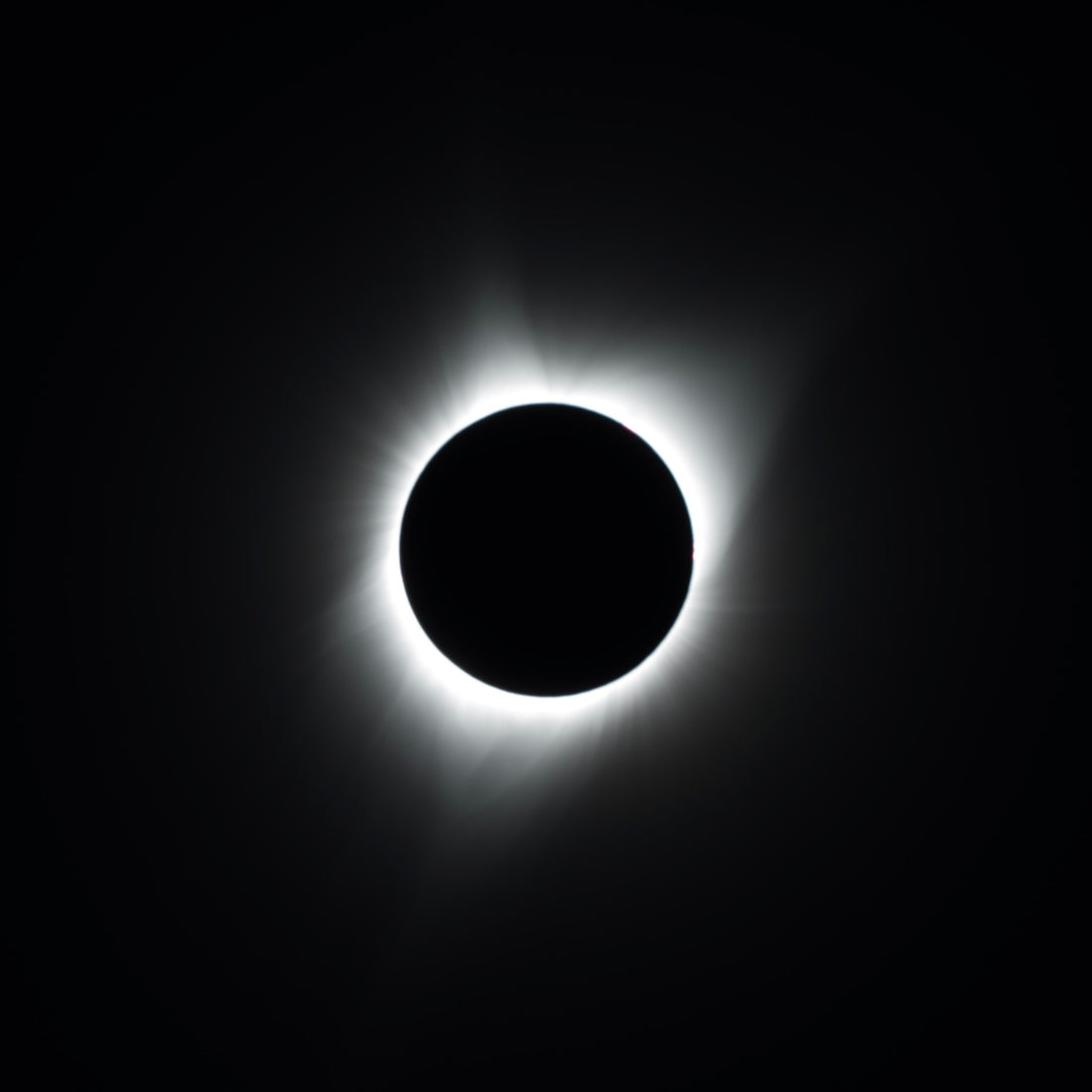On December 4, 2021, thousands of people across Antarctica were treated to a rare celestial event - a total solar eclipse. The next total solar eclipse will occur on April 8, 2024, in North America. But before you start packing your bags and rushing to see the next total solar eclipse, it's important to know how to capture this awe-inspiring event through your camera lens. Here are some tips and techniques to help you prepare for the next total solar eclipse.
Plan Your Shot
One of the most crucial aspects of eclipse photography is planning your shot. You need to know where the eclipse will be visible, what time it will occur, and how long it will last. There are several online tools and apps that can help you with this information, such as the Solar Eclipse Timer app, Solar Eclipse Maestro, or Time and Date website. Once you know when and where the eclipse will occur, scout out your location in advance and decide on your composition.Use a Tripod
To capture sharp images of the eclipse, you need to use a tripod. This will prevent camera shake and ensure that your shots are clear and focused. A sturdy tripod is essential, especially if you're using a long lens or shooting at a slow shutter speed.
Use a Solar Filter
Never look directly at the sun without proper eye protection, and the same goes for your camera. Use a solar filter, such as a solar film, over your lens to protect it from damage and to reduce the amount of light entering the lens. This will allow you to capture the details of the sun's corona during the totality phase of the eclipse.

Choose the Right Settings
Shooting an eclipse requires specific camera settings to achieve the right exposure. Start with these basic settings:
- ISO: Set your ISO to 100 or lower to avoid noise in your images.
- Aperture: Use a small aperture, such as f/8 or f/11, to get a sharper image.
- Shutter Speed: During the partial phases of the eclipse, you'll need to adjust your shutter speed to compensate for the decreasing light. As a general rule, use a fast shutter speed of at least 1/4000th of a second to avoid overexposure. During the totality phase, you can use a slower shutter speed since the sun's corona will be visible.
Experiment with Different Techniques
Don't be afraid to experiment with different techniques to capture the eclipse. Try using a longer lens to get a closer view of the sun, or use a wider lens to capture the landscape during the totality phase. You can also try creating a time-lapse sequence or multiple exposures to capture the changing phases of the eclipse.In conclusion, photographing a total solar eclipse requires careful planning, the right equipment, and knowledge of the right settings and techniques. With these tips in mind, you'll be well-prepared to capture the next total solar eclipse and create stunning photographs that will leave a lasting impression. Happy shooting!


